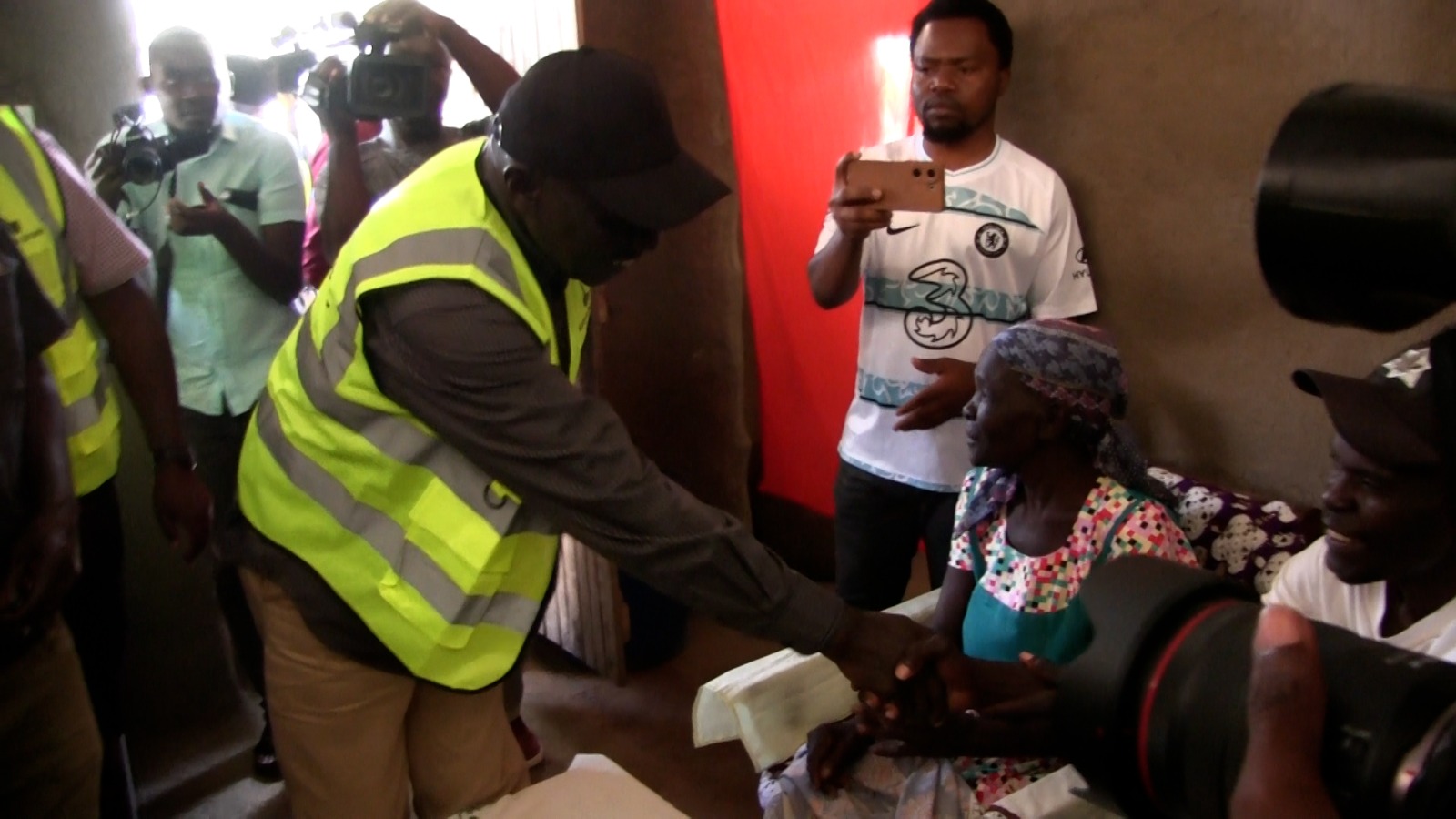When the Marburg Virus was announced to be present in the Omo region of southern Ethiopia, it caught the attention of the World Health Organization. This outbreak prompted the Ethiopian Ministry of Health to go into overdrive, isolating the six confirmed infected patients and conducting contact tracing for over 260 people. Kenya’s Ministry of Health has also issued a statement on the Marburg Virus Disease.
“The Government has heightened public health surveillance at airports, border points, and other high-risk areas following reports of Marburg Virus Disease in neighbouring Ethiopia. These precautionary measures are part of ongoing efforts to strengthen early detection, preparedness, and prevention to protect communities,” said the Principal Secretary for Public Health and Professional Standards, Mary Muthoni, during a community engagement forum in Mbeere North.

At this point, you are probably wondering: What is the Marburg Virus? According to a report by the World Health Organization, the Marburg Virus Disease is a severe hemorrhagic fever caused by either of two closely related viruses, the Marburg virus and the Ravn virus, which are closely related to the Ebola viruses.
The symptoms, which typically begin suddenly after an incubation period of two to 21 days, are high fever, severe headache, muscle pain, diarrhea, vomiting, and abdominal pain. In later stages, it can lead to internal and external bleeding and organ failure, all within a week of symptom onset.
How does one get in contact with such a deadly viral disease? The transmission includes contact with fruit bats or their habitats, and contact with bodily fluids and tissues of infected people. Case fatality ranges from 24% to 88% depending on the outbreak.
As of now, there is no specific antiviral treatment or vaccine for Marburg virus disease. Supportive care, rehydration, and intensive medical support can improve the survival of those infected.
If you travel to or through regions with active outbreaks, avoid visits to caves or mines, and avoid contact with bats or dead wildlife. Monitor for symptoms like fever, pain, vomiting, bleeding, especially if you have had possible exposure.
Early medical attention is critical. For healthcare or public-health workers: adhere strictly to infection-control protocols, contact-trace suspected exposures, and protect yourself and your patients.
Though Marburg outbreaks remain relatively rare compared to other infectious diseases, the high fatality rate, and the absence of approved treatments or vaccines make it a serious public health concern. With the Ethiopia outbreak close to Kenya’s borders, the urgency for vigilance and preparedness cannot be overlooked.











